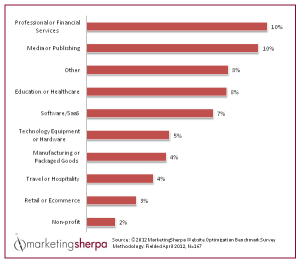Website Content and Social Media Content Offer Unique User Experiences
It’s common for trainers, consultants, and professional coaches to think of social media and their website as the same thing. This false assertion often leads to mirroring navigation and content that rarely suits either channel. While social media content and website content are related they are two very different channels that will result in very different user experiences.
Social media content is like a festival market shop where your website is like a store in the mall. Both have a certain product offering surrounded by a larger market but the environments are much different.
The primary difference in the social media environment is that it is constantly changing and competition for attention is immediately prevalent. Like a festival, it’s difficult for a user to define exactly what they want to buy because the environment is not well suited for a targeted search. You rarely see a festival market with a map of shops because the vendors, products, and availability are too fluid to map out. Likewise, social media does not provide that structure, so the experience needs to draw people in.
Users are guided by what is current and interesting to them. What makes festival markets compelling is the excitement in discovering unique items that aren’t widely available elsewhere. In that way your social media channels need to provide timely, relevant, and unique information to your target audience. Like a festival, the next shop is right next door so if your content is dated or irrelevant then the next more compelling shop is immediately available.
Alternatively, your website is like a store in the mall. There are other stores available in the mall but there is a barrier that makes the store your own defined place. A store at the mall is typically calmer with less outside distraction. Well organized stores help shoppers find a particular item that they have already defined. Websites should function in the same way. There should be an orderly flow for visitors to find what they want or get assistance. Search engines serve as the mall map, so once people arrive in at the site it should be obvious how to find what they are seeking.
A word of caution not to use the analogy to celebrate one channel over the other. Reactions like “social media is a flea market of crap,” or “websites are stuffy stores with no excitement,” miss the point. Unlike physical stores, digital channels have an opportunity to leverage the strengths that each channel offers. Crossing these channels so that users can get distinctive content and then switch to a structured environment to gain specific content allows you to appeal to a larger user base.


